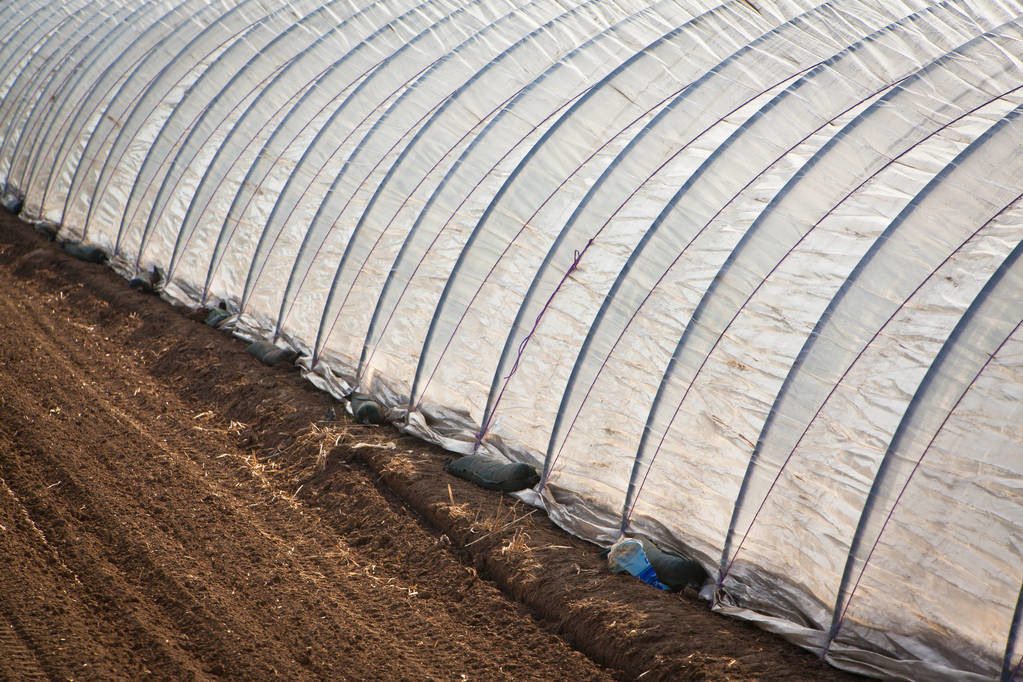Agricultural film
The company has strong technical force, has a strong management team, sales network and professional and technical personnel, and cooperates with well-known domestic and foreign enterprises. The company operates high-tech degradable mulch film, imported and domestic PO film, longevity dripping anti-aging film, (for flowers, fruit trees, vegetable sheds) black and white two-color film (for bacteria sheds, green storage) and various greenhouse accessories . Complete specifications, many types. We are well-received by the market for our high quality, good price and home service.
The application of agricultural film in agricultural production has greatly improved the yield of crops. The main component of agricultural film is polyethylene, but there are many kinds of agricultural films on the market, such as ordinary agricultural film, light conversion film, drip-free film, etc. , which often makes farmers' friends fall into difficulty in choosing, and even buy fake and shoddy agricultural films because they cannot identify them, which not only does not promote agricultural production, but also causes losses in production. Therefore, it is really not an easy task to choose an economical, applicable and high-quality agricultural film. After a correct understanding of the classification, characteristics, and usage methods of agricultural film, the purchase becomes relatively simple.
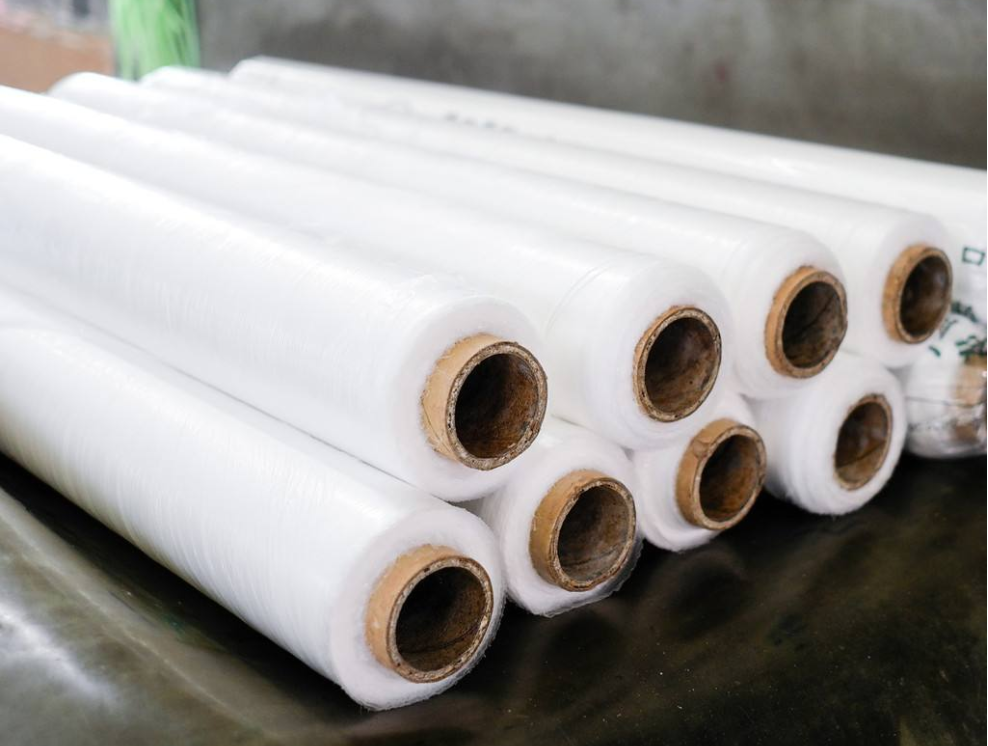
1、The classification of agricultural film
Agricultural film is divided into two categories: shed film and plastic film. The shed film is used to cover plastic greenhouses or small and medium-sized arch sheds and greenhouses; the mulch film is used to cover the ground or near the ground. There are different classification methods for shed film and mulch film.
1. Classification of shed film
Classification by material: divided into three types: polyvinyl chloride (PVC) shed film, polyethylene (PE) shed film, and ethylene-vinyl acetate copolymer (EVA) shed film. Among them, PVC shed film has been eliminated due to its serious environmental pollution, and has disappeared in the market.
Classification according to performance characteristics: divided into ordinary shed film, longevity shed film, non-drip shed film, longevity non-drip shed film, diffuse reflection shed film, composite multi-functional shed film, etc.
Classification according to the molding processing method: divided into single-layer blown film shed film, multi-layer co-extrusion blown film shed film.
2、Classification of mulch
The mulch is classified by color: it is divided into colorless mulch and colored mulch.
Classified by function and use: there are mainly two types of ordinary plastic film and special plastic film. Among them, ordinary mulch can be divided into broad-spectrum mulch and micro-thin mulch; special mulch refers to mulch with special functions, mainly including weeding mulch, microporous mulch, reflective mulch, and degradable mulch.
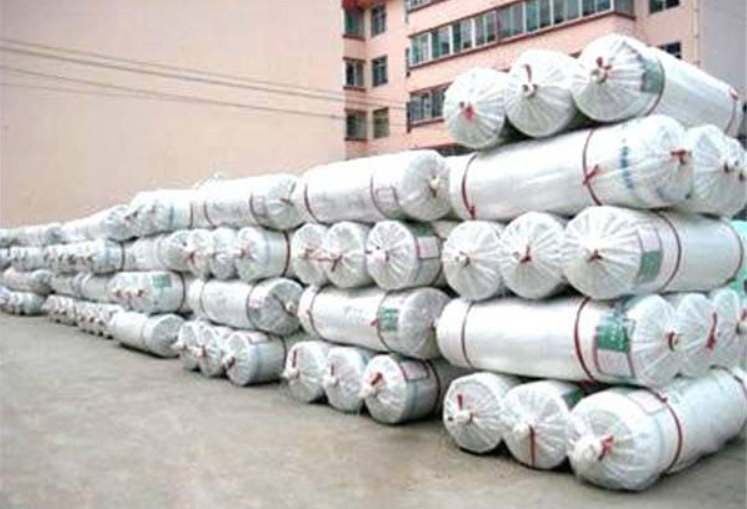
2、The performance characteristics of various agricultural films
1、The performance characteristics of the shed film
(1)、PE shed film
PE shed film is the main shed film variety in my country. It has the advantages of light and soft texture, good light transmittance and non-toxicity. But the weather resistance and thermal insulation are relatively poor. The so-called weather resistance refers to the ability of the shed film to withstand comprehensive damage factors such as light, heat, wind and rain. The main products of PE shed film on the market are PE ordinary shed film and PE anti-aging shed film, PE non-drip anti-aging film and PE multi-functional composite film, etc. The width and folding diameter of these shed films are generally 2~4 meters.
(2)、Ordinary PE shed film
The thickness of ordinary PE shed film is 0.06~0.12 mm. Light weight, strong light transmission, relatively small dust adhesion, slow light transmittance decline, relatively low temperature resistance, but poor moisture permeability, heavy fog droplets, not resistant to high temperature and sunlight, poor elasticity, fast aging, not suitable for high temperature seasons cultivation. Ordinary PE shed film is currently widely used in the middle and lower reaches of the Yangtze River in my country to cover cultivation in early spring or late in autumn. It is mostly used for two-story curtains, group membranes or small sheds in the greenhouse, and the service life is generally only 4 to 6 months.
(3)、PE anti-aging shed film
PE anti-aging shed film, also called PE longevity shed film by vegetable farmers, has a thickness of 0.1~0.12 mm. It has the advantages of ordinary PE shed film, and at the same time overcomes the shortcomings of PE ordinary shed film that is not resistant to high temperature and sunlight, and it ages quickly. Therefore, it is an ideal shed film for overwintering coverage of buckle sheds in the alpine regions of northern my country.
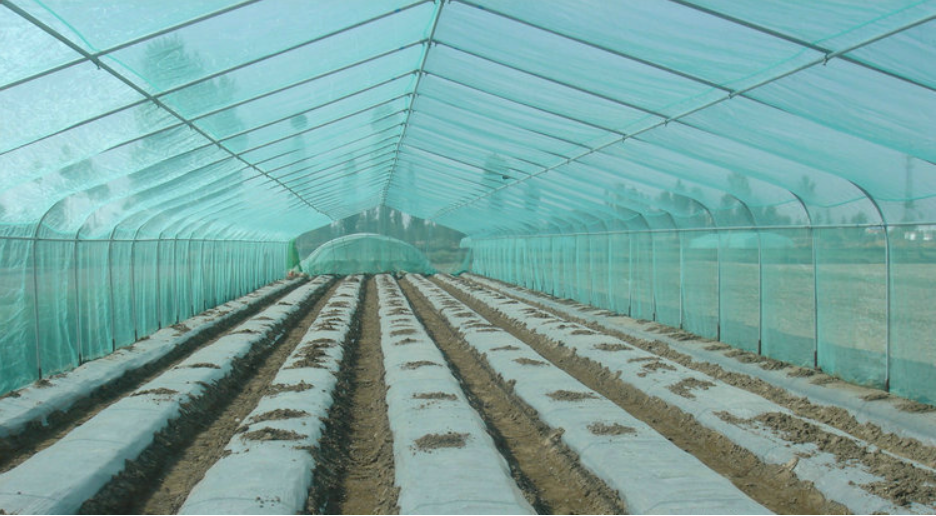
(4)、PE drip-free anti-aging film
PE non-drip anti-aging film is also called PE drip-free anti-aging film, PE double anti-aging film, PE longevity non-drip film, with a thickness of 0.08~0.12 mm. Not only has anti-aging properties, but also has anti-fog drop properties. The duration of fog droplets is generally 3 to 4 months. Compared with ordinary PE film, the weather resistance, light transmittance and thermal insulation are improved, and the service life is 12 to 18 months. It is suitable for covering solar greenhouses and large, medium and small sheds.
(5)、PE multifunctional shed film
The PE multifunctional shed film integrates various functions, with a thickness of 0.08~0.12 mm. Mainly used for plastic greenhouse and solar greenhouse covering. It is widely used in most parts of our country. The period of use is generally 12 to 18 months. The anti-fog and drip retention period is 3 to 4 months.
(6)、EVA shed film
It is a high-end product among functional shed films. Its light transmission, heat preservation, weather resistance, drip retention and anti-fogging properties, and flexibility are better than PE shed films, and it does not deform before aging, and is easy to recycle after use, and it is not easy to cause Environmental pollution. The thickness of EVA shed film is 0.1~0.12 mm. It can be used continuously for more than 1~2 years. It is more effective when applied in greenhouses such as melons and fruits, leafy vegetables and flowers in the north.
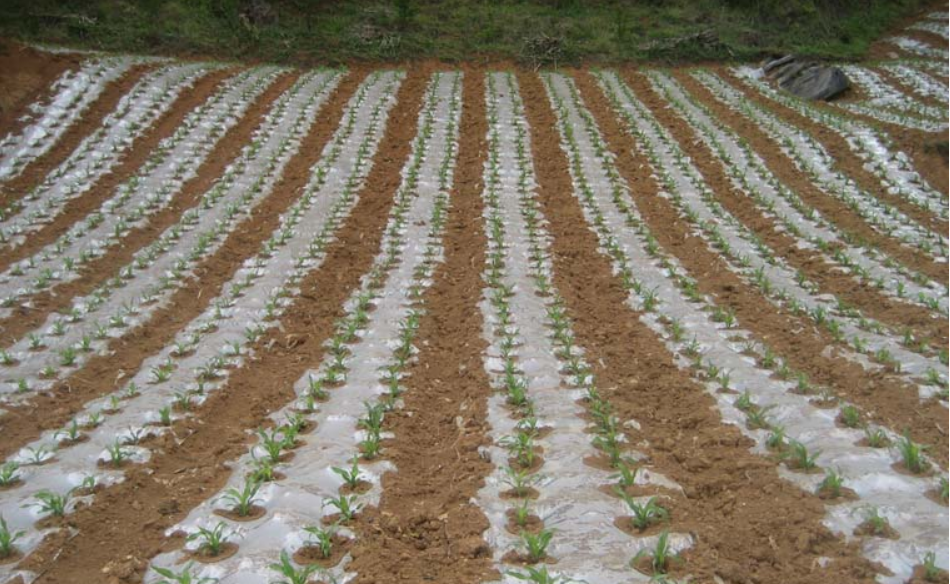
2、Performance characteristics of mulch
Common mulch films include broad-spectrum mulch, which is what we call colorless and transparent mulch, and micro-thin mulch, whose thickness is only 0.008~0.01 mm, and various colored mulch such as black mulch, black and white mulch, etc. .
(1)、Broad Spectrum Mulch
Broad-spectrum mulch, also known as ordinary mulch, is what we usually call five-color transparent mulch. The thickness is 0.012~0.016 mm and the width is 70~250 cm. It is the most widely used mulch film in current production. It has the advantages of good light transmission, fast temperature increase and strong moisture retention performance. It is suitable for various regions, various covering methods and various cultivated crops. The fly in the ointment is that it is easier to grow grass with broad-spectrum plastic film mulching, especially when the border surface is uneven or the plastic film is not tightly combined with the border surface.
(2)、Thin film
The thickness of the micro-thin mulch is 0.008~0.01 mm, and the width is 80~120 cm. The temperature increase and moisture retention performance of the micro-thin mulch is comparable to that of the broad-spectrum mulch, but the light transmittance is not as good as that of the broad-spectrum mulch. In addition, it has a disadvantage that it is inconvenient to pick up the residual film after use. At present, in order to reduce the generation of white pollution, my country has restricted the production and use of ultra-fine membranes with a thickness of less than 0.008 mm.
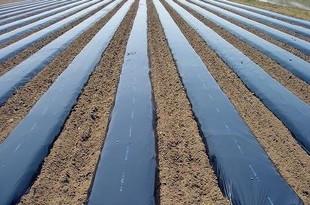
(3)、Various colored mulch
At present, the most widely used colored mulch films in the market are black mulch, black and white double-sided mulch, black and white double-color mulch, silver-black mulch, blue mulch, etc.
Black mulch: the thickness is between 0.014 and 0.025 mm. The light transmittance is very low, and although the warming performance is not as good as that of the broad-spectrum mulch, its moisture retention performance is better than that of the broad-spectrum mulch. It is suitable for high temperature cultivation in summer and autumn, or softening cultivation of leeks, garlic celery, etc. In addition, black plastic film can also significantly inhibit the growth of weeds, so the application effect is better in orchards and areas with serious weed damage.
Black and white double-sided mulch: milky white on the front and black on the back. When covering, the front side is facing up, the back side is attached to the ground, the front side is used to increase light reflection, and the back side prevents light transmission, so the cooling effect during the day is better than that of black mulch film. It has good cooling and weed control effects, and is mainly used for heat-resistant cultivation of vegetables and melon crops in summer and autumn.
Black and white two-color mulch film: It is a multi-effect mulch film with black and white strips. When used, the white strips cover the crop rows, so that the crops can fully perform photosynthesis and promote growth; the black strips are located between the rows of crops, which can effectively Inhibit the growth of weeds between crop rows.
Silver black mulch film: also known as aphid avoidance film, in addition to the functions of general mulch film to protect moisture and rain, increase ground temperature, and inhibit the growth of weeds, it also has the function of avoiding aphids. This is because the silver-black mulch film has strong light reflection ability, and the sunlight is reflected to the back of the leaves through the silver-black mulch film, which plays a good avoidance effect on aphids who are afraid of seeing light. It is suitable for disease-resistant and heat-resistant cultivation of fruit trees such as nightshade, melon vegetables and grapes in summer and autumn.
Blue mulch: Just like a blue filter, under the same light conditions, the transmittance of blue-violet light is higher than that of ordinary white mulch, and blue-violet light is the strongest absorption capacity of plant leaves, which is the most effective for plant photosynthesis. effective light. Therefore, the use of blue Dimo for seedlings in agricultural production can greatly enhance the photosynthesis of crops, which is conducive to the production of robust seedlings. Blue plastic film is mainly used for rice covering and raising seedlings, and for planting vegetables, strawberries, peanuts and other crops.
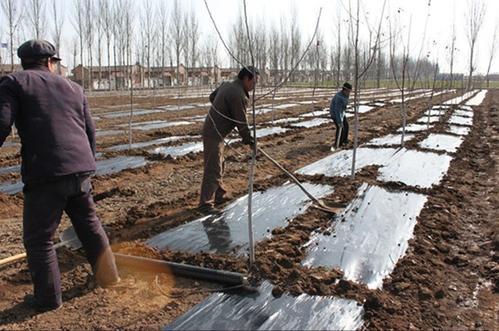
3、Selection of agricultural film
Through the above introduction, I believe that everyone should not be too at a loss when purchasing agricultural film. When purchasing agricultural film, we should follow the following principles: First, we should choose a regular manufacturer with reliable quality and a reputable agricultural material store to buy. Second, the appropriate agricultural film should be selected according to local climatic conditions, crop types, mulching methods, and facility types. Third, you should choose the type of agricultural film that suits you according to your actual needs and your own economic conditions, and don’t blindly buy various functional films. Fourth, it is necessary to calculate a reasonable amount of use in advance according to factors such as the density, thickness, coverage area and coverage rate of agricultural film, and purchase as needed to avoid unnecessary waste.
When purchasing, we must first check the label of the agricultural film to see if there is information such as the name of the manufacturer, the address, the product quality certificate, specifications, standards, use period and production date. Secondly, it is necessary to check the appearance quality of the agricultural film by seeing and touching. Good quality shed film should be consistent in the whole roll, with a smooth appearance, no wrinkles, water lines or cloud-like markings on the surface, uniform thickness, consistent transparency, and consistent horizontal and vertical tensile force and elongation.
How to judge the consistency of tensile force and elongation? Usually two methods are used to judge. The first is to poke a hole in the agricultural film with a finger. Judging from the shape of the hole, if the hole is round and has burrs, it means that the vertical and horizontal tension is constant; Tear in one direction, indicating that the tensile force of the agricultural film is relatively poor. The second method is to imitate the coverage on the spot. If we want to buy a droplet film, we should pay special attention to distinguishing whether it is an ordinary film or a droplet film when purchasing. The surface of the drip-free film generally has a small amount of powdery precipitates. If there is no powdery precipitate on the surface of the film, then it is definitely not a drip-free film. In addition, we can also put hot water at 50°C in the cup, and then buckle the film to see the shape of the water droplets on the inner surface of the film. If it appears as dew droplets, it means that the dripping effect of the film is poor. It is not a drip-free film. The drip film is also an expired drip-free film.
Remind everyone to note that at the end of the purchase of agricultural film, we must not forget to ask the merchant for invoices, receipts and other vouchers, and keep the certificate of conformity and credit card. So that it can be used as a basis for rights protection in the future when quality problems occur.
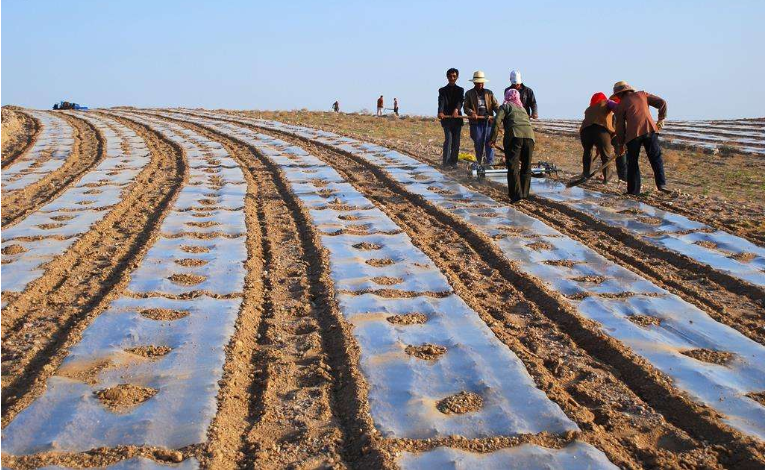
4、Scientific use of agricultural film
Agricultural film is a product that is easy to lose agricultural materials. Mastering the scientific use method can maximize the effect of agricultural film and prolong the service life of agricultural film, so as to achieve the production purpose of saving cost and increasing efficiency. The so-called scientific use of agricultural film is to require us to start from the details, to achieve correct coverage, rational use and proper collection.
1、Cover correctly
(1)、Correct coverage of shed film
Correctly covering the agricultural film plays a decisive role in prolonging the service life of the agricultural film. First of all, the mulching film should be selected on a sunny day with no wind or less wind, and it is best to do it in the morning or evening. Secondly, before we cover the shed film, there are several tasks that must be done in advance. First, carefully check the skeleton of the shed first, and properly handle any parts that may scratch the shed film, so as not to puncture the shed film when covering the film. Instead of using electroplated anti-rust metal wire, ordinary iron wire is used as the frame of the shed. After one year of use, the iron wire is often corroded seriously. It should be replaced with new iron wire. Even if the new iron wire is not replaced, it should be carried out with cloth strips or old film Binding bandages. The joints of the greenhouse should be covered with plastic kits. The second is to clean up the stubble of crops, bricks, tiles, stones, etc. on the surface. Furthermore, it is necessary to master certain skills when covering the film to ensure that the covered film is smooth and free of wrinkles.
When laminating the film, multiple people work together. First, use bamboo poles to roll up the two ends of the shed film, turn the side marked inward with this side inward, and unfold the left and right sides to the greenhouse simultaneously. After that, the people on both ends pull in the direction of the two ends. After the shed film is tightened, a symmetrical lamination line is fixed on the covered shed film every meter or so, and the lower end of the lamination line is tied to the ground anchor. Requires tethering to be tightened. Note that during the entire film coating process, be sure not to step on the plastic film.
If it is covered with used old shed film, it should be carefully checked before covering to see if there is any damage. The shed film can be repaired by sewing method, which is to cut a piece of film that is slightly larger than the damaged surface and of the same texture to cover the damaged position. In addition, we can also use the hot repair method. After cleaning the damaged area, first cover the damaged area with a slightly larger film, then cover it with 2~3 layers of newspaper, and then gently use an electric iron along the interface. Ironing, when the film is heated and melted, press the upper and lower layers of the film tightly, and the two films will stick together after cooling.
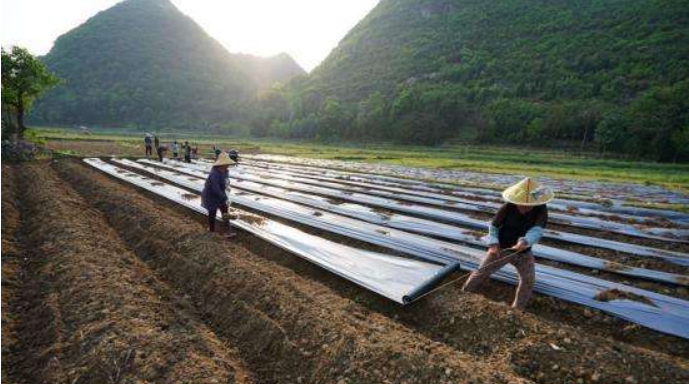
(2)、Correct coverage of mulch
The mulching of plastic film is relatively simple, as long as the soil and stubble on the ridge surface and the stubble of the previous crop are removed before covering the plastic film, and then cover along the length of the border. When covering, it is required to tighten the mulch film as much as possible to make the film and the ridge surface close, and the two ends and surrounding areas of the film should be tightly pressed and compacted to prevent the film from being lifted by the strong wind.
It is important to remind everyone that different types of mulch cover have different requirements. For example, when covering weeding film, the side with the herbicide should be attached to the ground. When covering black and white double-sided mulch, the white side should face up and the black side should be on the ground. When covering the silver-black mulch, the silver side should be facing up and the black side should be on the ground. .
2、Precautions for the use of agricultural film
The use of mulch is very simple, so I won't go into too much detail here. The following are the precautions for the use of shed film.
For melons, fruits and vegetables that need to be cultivated, it is best to use slings for cultivation, and use soft materials such as hemp ropes and ropes to erect. Pierce the film.
When the shed is closed, the slope of the film surface should be greater than 25 degrees, otherwise it will affect the drip retention effect. If there is dripping water on the shed film, the dripping water should be pushed out from the bottom in time to avoid excessive water accumulation and damage to the shed film.
If the water accumulation is caused by the excessive gap between the skeletons, some small skeletons should be added appropriately to prevent the shedding film from getting bigger and bigger.
When peeling off the film for ventilation and cover film for heat preservation, care should be taken to lightly lift the cover and gently pull to avoid puncturing or scratching the shed film.
The shed film is more likely to be aged and broken after being polluted, so it should be kept as clean as possible during use, and the dust on the roof should be cleaned regularly.
Special attention should be paid not to spray chemical pesticides such as sulfur-containing, chlorine-containing pesticides, herbicides, etc. on the shed film. Once eroded by these chemical pesticides, the service life of the shed film will be greatly shortened.
Pay attention to inspection during the application process. Once the film is found to be damaged, it should be repaired in time.
3、Collection properly
The mulch film is easily corroded and broken during use, and it is difficult to recycle it for secondary use. Therefore, what we call proper collection is mainly for the shed film. After the end of a growing season, the shed film that still has reuse value is recycled in time for reasonable storage. Be careful in the process of recycling the shed film to minimize the damage of the shed film. The recovered shed film should first remove the soil, dust, etc. attached to it, and then rinse it with clean water. Do not rub it with your hands or beat it with a stick during rinsing. The cleaned shed film cannot be exposed to the sun. The correct treatment method is to pull the rope in a cool and ventilated place, and gently unfold the shed film on the rope. Carry out a comprehensive inspection. If there is any damage, it should be repaired in time. After confirming that the shed film is not damaged, fold the shed film neatly. During the folding process, in order to prevent the shed film from absorbing moisture and sticking in the future, it should be Sprinkle some talcum powder on each layer of shed film, and smooth the wrinkled areas. The folded film should be stored in a dry, cool and ventilated place, away from direct sunlight and away from heat sources.
